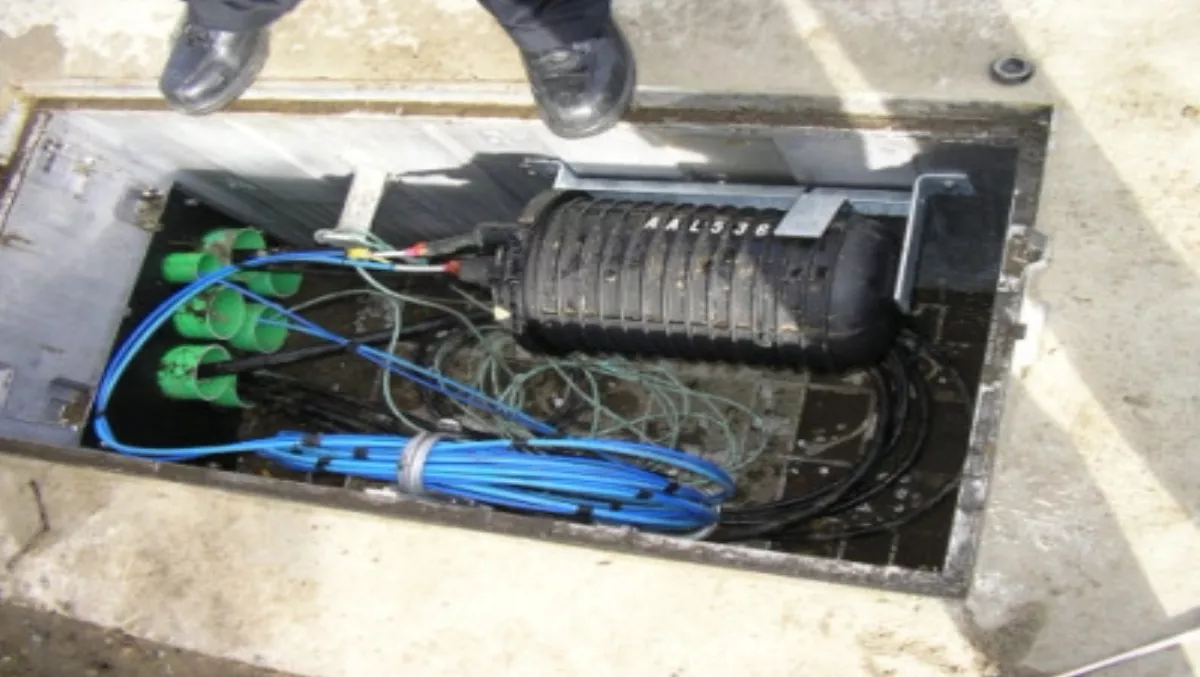
Govt's radical telco restructure - Ovum
The Ultra Fast Broadband plan is designed to radically restructure the telecommunications industry and Telecom’s statement that is considering structural separation has forced the issue.
That’s the view of Ovum research director David Kennedy who’s released an opinion on Telecom’s announcement that it is considering structural separation. In it Kennedy notes that the government has rejected the idea of buying back the network access business, but that a float of Chorus remains an option.
In Kennedy’s view - presented below - this now means a radical restructuring of the New Zealand industry is more likely to occur.
“It makes little sense to pursue large-scale investment in FTTN while a national FTTH network is rolled out in the small New Zealand market. But then the future of Chorus becomes a sticking point in any transition strategy. What role should Chorus play in the UFB rollout?
The government’s UFB program has two main objectives: to improve service levels in the telecoms industry, and to radically address structural issues in the market for telecoms services. The endgame for the government is a structural shift to a national wholesale-only dark fiber network which will bypass TNZ’s copper network. In other words, the UFB is designed to create a structurally separated access network.
Chorus is the obvious vehicle for TNZ involvement in the UFB rollout, but it can only have a major role in the UFB program as a structurally separated entity. A Chorus wholly owned by TNZ will be subject to the accusation - justified or not - that it breaches the separation requirements of government policy.
If Chorus wins the UFB tender as a separated entity, then the transition strategy becomes clear: Chorus would upgrade its existing copper and FTTN network to a full FTTP network. The alternative - competition between TNZ’s FTTN and the UFB network - is a lose-lose scenario for the incumbent and the government.
Given the current policy settings, TNZ has little choice but to consider structural separation of Chorus if it wishes to have a role in the UFB network. TNZ’s desire to relax its FTTN undertakings suggests that UFB is now its preferred infrastructure option, and that it is willing to pay the price of participation. It seems that the government’s radical restructuring of the industry is getting closer to realization.”

